Notes related to Madrid
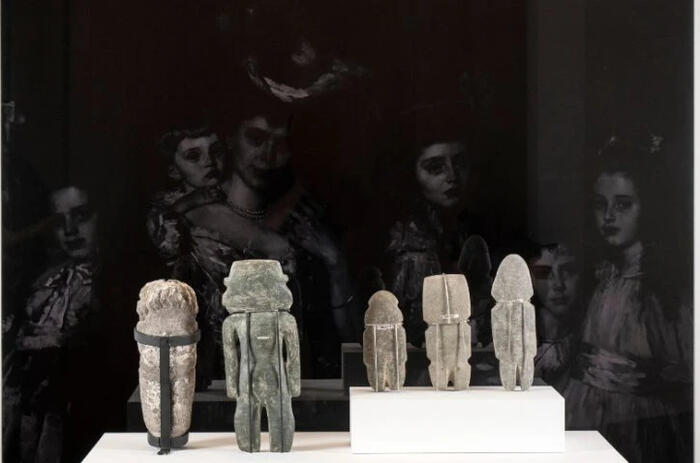
THE LATEST EVOLUTION OF BLACK MIRROR / ESPEJO NEGRO BY LASCH, AT CASA DE MÉXICO
By Álvaro de Benito
The Fundación Casa de México in Spain hosts Re/Generación, a new installation from the Black Mirror / Espejo Negro series produced by Pedro Lasch (Mexico City, Mexico, 1975) and curated by the National Institute of Anthropology and History of Mexico (INAH). Originating from an initiative originally produced by the Nasher Museum of Art in Durham, North Carolina, in 2007, the series has been transformed through various techniques, evolving its language toward a narrative that makes it impossible to separate past and present, as well as spectator and proposal.

RAUSCHENBERG’S PHOTOGRAPHIC APPROACH AND LATIN AMERICAN ROCI SERIES, AT JUAN MARCH FOUNDATION
By Álvaro de Benito
The Juan March Foundation in Madrid presents an extensive and analytical exhibition on Robert Rauschenberg (Port Arthur, USA, 1925–Captiva, USA, 2008), focusing on the use of image and photography in his work. The exhibition, structured from a novel curatorial perspective, reinterprets the production of one of the great masters of contemporary art, highlighting it as the outcome of an essentially photographic practice.
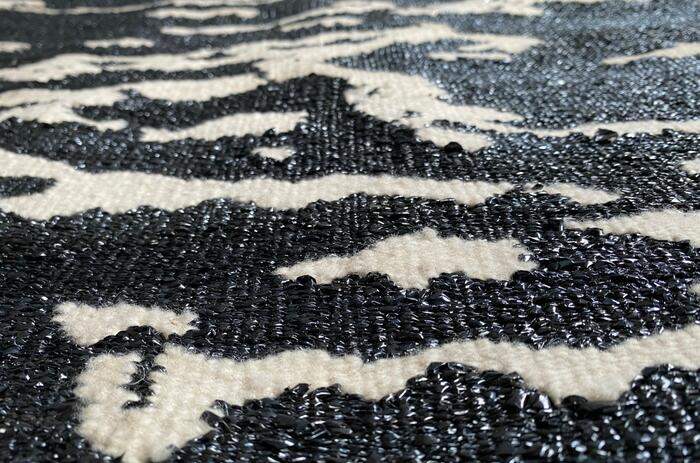
THE IME HOSTS VANESSA ENRÍQUEZ SOLO SHOW
By Álvaro de Benito
The Cultural Institute of Mexico in Spain presents at its headquarters in Madrid the exhibition El silencio sedimenta (Silence Sediments), a look at the most recent production of Vanessa Enríquez (Mexico City, Mexico, 1973). The show revolves around six literary fragments that reflect on her work, materiality, and creative processes.

LATIN AMERICA EMPHASIZES ITS CRITICAL PRESENCE AT THE REINA SOFÍA
By Álvaro de Benito
The presentation of the current season at Madrid’s Reina Sofía Museum has underscored the strategic importance of Latin America and its artistic practices in the vision of Spain’s largest public contemporary art institution. This is not something new, since its commitment as a public museum has incorporated the Ibero-American narrative as an essential part of its historical account from the beginning. However, what does stand out is the accentuation of its critical essence in a program —the first fully developed under the direction of Manuel Segade, with the exception of a single exhibition— which introduces new elements.
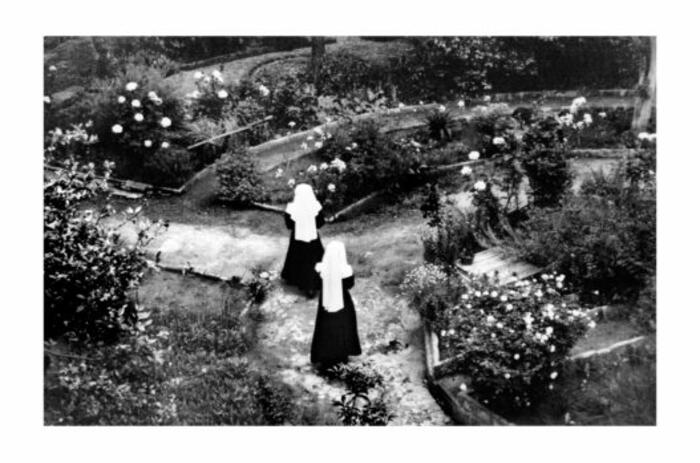
JULIA TORO AND THE RECORD OF THE EVERYDAY IN THE CHILEAN DICTATORSHIP
By Álvaro de Benito
The Lázaro Galdiano Museum in Madrid hosts the first exhibition in Spain of veteran photographer and visual artist Julia Toro (Talca, Chile, 1933). Her photographic production yields to both simplicity and wonder, frameworks that delimit and amplify the everyday themes she addresses. The protagonists of this cyclical, customary flow of life in her work are diverse, and their problems and experiences drift among the concepts of love, pain, memory, and relationship with their surroundings.

PEMJEAN AND HIS RECONSTRUCTION OF SPACE FROM MEMORY AT COAM
By Álvaro de Benito
The Official College of Architects of Madrid (COAM) is hosting No tan lejos (Not So Far Away), an exhibition by Emilio Pemjean (Santiago, Chile, 1971), which continues to explore his characteristic artistic approach that blends photography, design, architecture, and painting. In this exhibition, the Chilean artist presents a series of imagined and reconstructed spaces, virtually brought back to life through memory, which makes their reconstruction possible.
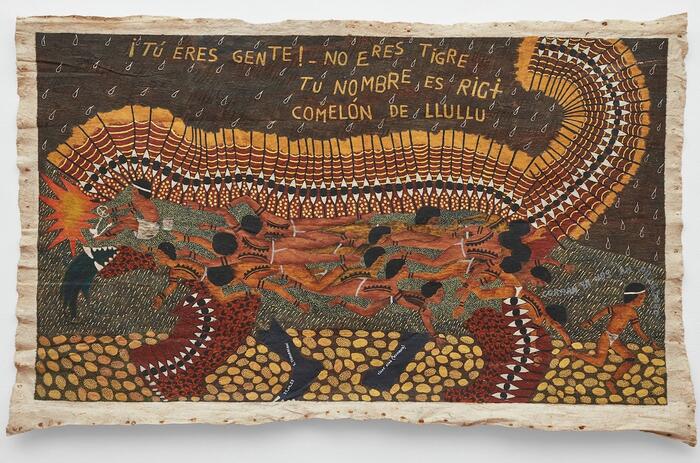
MYTH AND RESISTANCE IN NEREYDA LÓPEZ AND SANTIAGO YAHUARCANI, AT THE CBA
By Álvaro de Benito
The Círculo de Bellas Artes in Madrid presents Somos raíces (We Are Roots), an exploration of the creative worlds of Santiago Yahuarcani (Pucaurquillo, Peru, 1960) and Nereyda López (Pebas, Peru, 1965), two of the most prominent figures in contemporary indigenous art. Both artists draw from the oral traditions and cosmologies of their respective peoples—the Uitoto in Yahuarcani’s case, and the Tikuna and Cocama in López’s—to give voice to languages of resistance.

A NEW REVIEW ON CLAUDIA ANDUJAR’S A SÔNIA
The Elba Benítez Gallery in Madrid is currently hosting an exhibition of photographs from A Sônia, a project by Claudia Andujar (Neuchâtel, Switzerland, 1931), created in 1971. This body of work stands as one of the most significant early explorations into the creative manipulation of the photographic snapshot. For this occasion, the exhibition focuses on a carefully curated selection of images that establish a dialogue of balance, intensity, and chromatic richness with the surrounding space.
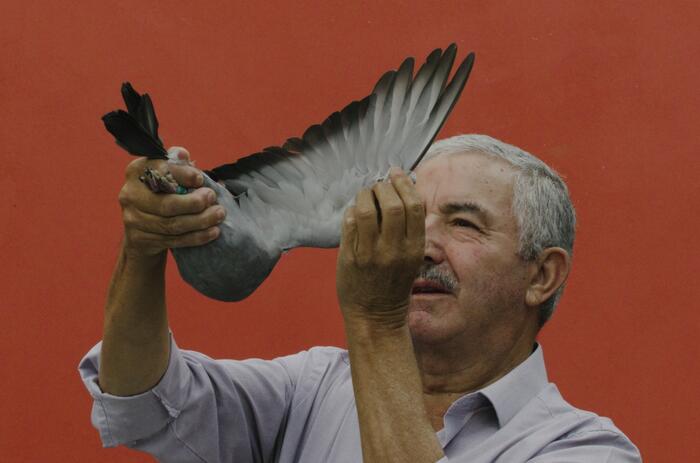
JONATHAS DE ANDRADE IN MOTION, AT CONDEDUQUE
The videographic universe of Jonathas de Andrade (Maceió, Brazil, 1982) is only one part of his broader artistic practice. It is, of course, significant—complementing other worlds that shape the ideology and imaginary embedded in both the work and the persona of the Brazilian artist. For this reason, the selection of exclusively audiovisual works under the title Tiempo, sueño, olor (Time, Dream, Scent), on view at Madrid’s Centro de Cultura Contemporánea Condeduque, offers a concise, representative, and necessary approach that ultimately bears witness to a part for the whole.
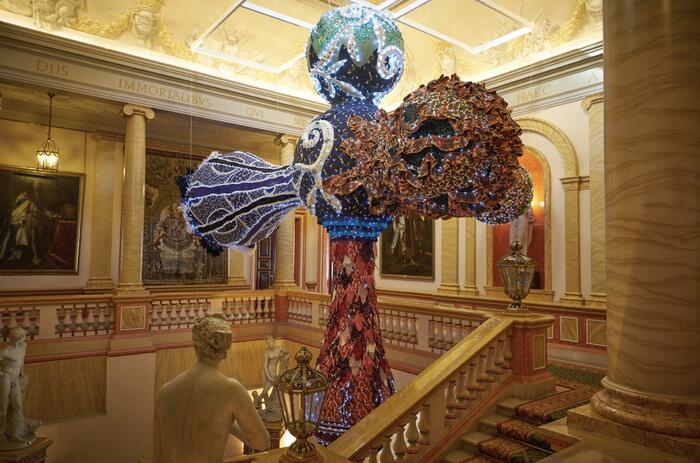
THE PALATIAL EXTRAVAGANCE OF VASCONCELOS
Joana Vasconcelos (Paris, France, 1971) walks that fine aesthetic line between the overwhelming and the excessive. The artist does not hide her intentions—she never has—and if the ornate effect of her works is what she aims for, then the mission is accomplished. When faced with a production that is so clearly personal and deliberate, the setting can only serve to further amplify the challenge her installations pose to our ideas of beauty and artistic harmony.
FABELO'S LITERARY ICONOGRAPHY TAKES OVER THE CERVANTES INSTITUTE
The Cervantes Institute in Madrid presents Roberto Fabelo. Grafomanía, an exhibition featuring 50 works by Roberto Fabelo (Guáimaro, Cuba, 1951), most of them related to literary worlds and dialogues with other artists. The exhibition includes references to Gabriel García Márquez, Miguel de Cervantes, Goya, and Hieronymus Bosch—figures of great influence on the Cuban artist’s work.
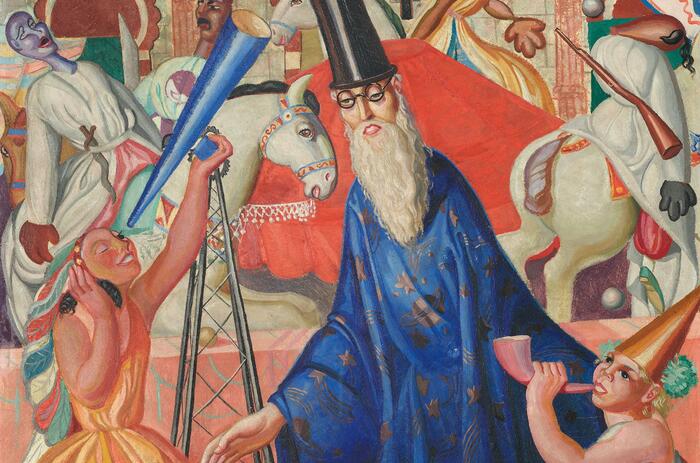
LATIN AMERICA ON THE SURREALIST PERIPHERY: A HISTORIOGRAPHY BEYOND BRETON
Amid the centenary of Surrealism, or at least from what is officially understood as its inception with the publication of The First Surrealist Manifesto by André Breton in 1924, it is truly significant to access an exhibition as profound as 1924: Other Surrealisms, presented by the MAPFRE Foundation in Madrid, which will later tour other locations. This exhibition is important for the centrifugal perspectives it presents, emphasizing the expansion of the main official—or officialism—ideas beyond Breton's boundaries and granting maximum importance to Latin America in the acceptance, production, and collaboration within the movement.

JORGE PARDO: COLOR, SPACE, AND PERCEPTION AT ELBA BENÍTEZ
Elba Benítez Gallery in Madrid, in collaboration with Clarissa Bronfman, presents a must-see exhibition by Jorge Pardo (Havana, Cuba, 1963), featuring a selection of works designed and created specifically for the gallery space. Emphasizing the importance of space, the Cuban artist employs his signature multidisciplinary approach to explore how color and texture influence perception. To this end, the exhibition is arranged in areas that serve a dual purpose.
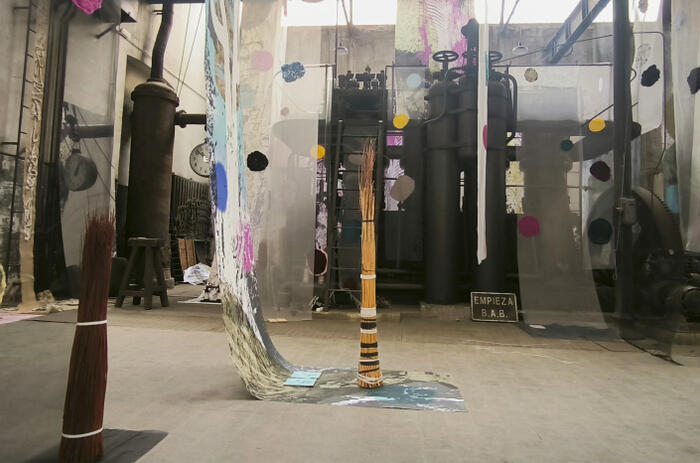
VERÓNICA RIEDEL'S LAST WEEK AT LA NEOMUDÉJAR
The CAV La Neomudéjar Museum is in its final days of exhibiting Ecos del Vacío (Echoes of the Void), a project developed by Guatemalan filmmaker and artist Verónica Riedel during her artistic residency at Kárstica Espacio de Creación, in the town of Cañada del Hoyo, Cuenca.
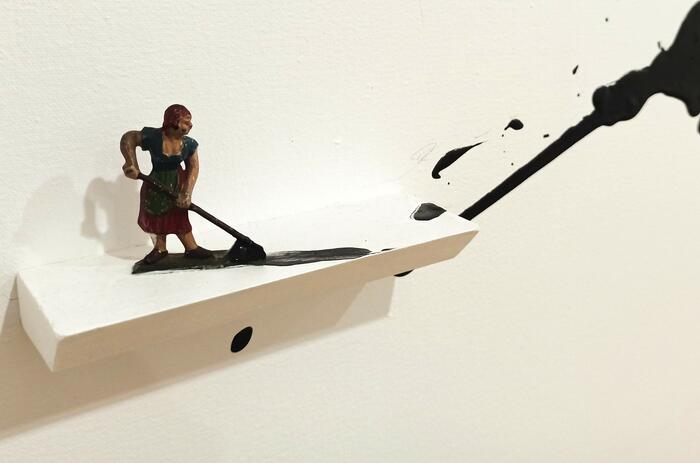
A COMPLETE OVERVIEW AT LILIANA PORTER
Museo Casa de la Moneda, in Madrid, celebrates in an exhibition the career of Liliana Porter (Buenos Aires, Argentina, 1941) through several conceptual key points of it, designing a necessary route to cover, in a succinct but very representative way, one of the most relevant productions of the last decades of conceptual art.
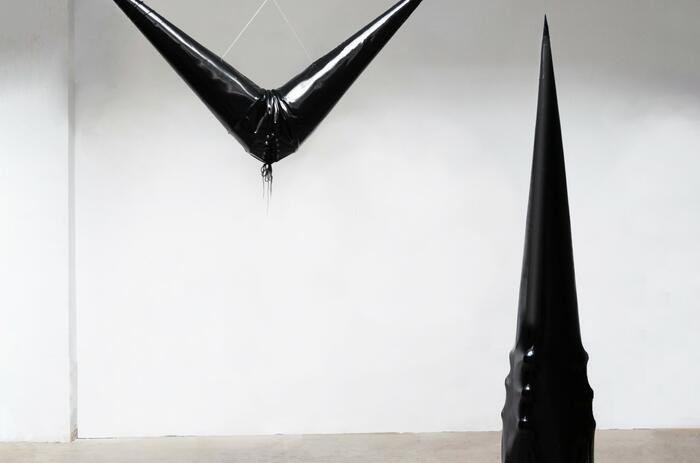
LENZI'S ON YOUNG ART IN MADRID
The result of the selection proposed to represent Circuitos de Artes Plásticas 2024, one of the main emerging art projects of the Community of Madrid, has had in this edition a Latin American protagonist in the curatorial work of Isabella Lenzi (São Paulo, Brazil, 1986). The show, named Caja de resonancia (Resonance Box) for the occasion, reviews, through the ten winning works of this annual call, some of the recurring themes and matrixes in the under-35 generation of artists linked to Madrid.
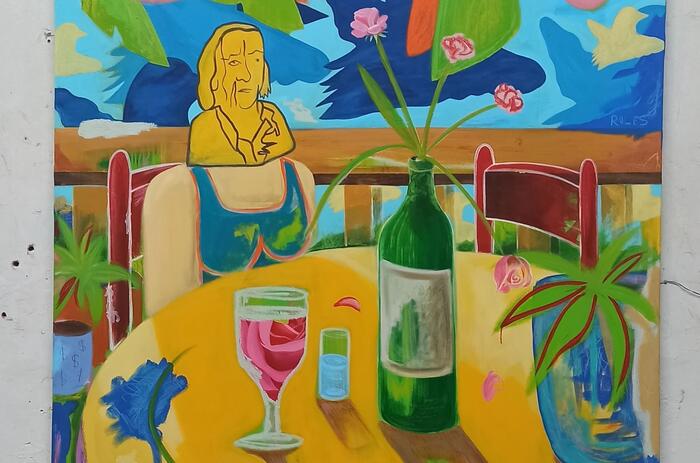
GENESIS AND BORICUA RESONANCES IN REVOLÚ
The birth of a new collective is always good news, and it is so for several reasons. Firstly, because of the existence of collective dynamics that bring together different points of view and, second, because, in a didactic way, it contributes to illustrate and understand the current cartographies of art. For the Revolú collective, formed by Andrés Meléndez (San Juan, Puerto Rico, 1996), Miguel Ángel Feba (San Juan, Puerto Rico, 1994) and Marcos Daniel Vicéns (Bayamón, Puerto Rico, 1996), their first exhibition experience is the result of an artistic residency in which, almost blindly, they have been able to build those specific ties to start from the individual and reach the group identity.
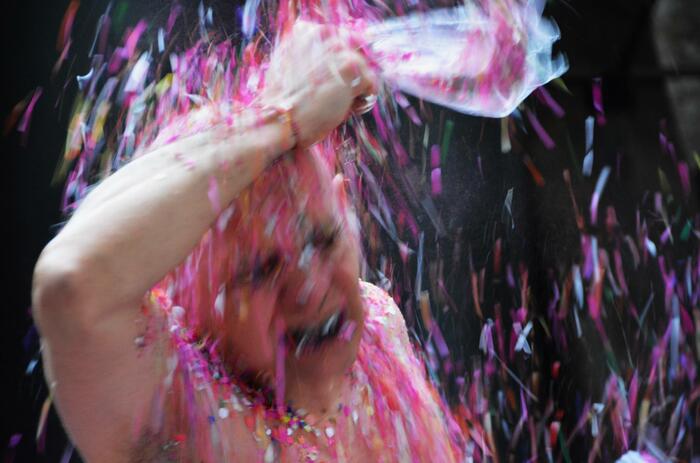
PERFORMANCE AND MYTH IN HECTOR CANONGE
Héctor Canonge began to explore the possibilities of performance almost without being aware of it. With an extensive career in the field of new media and the art surrounding these technologies, and almost by inertia, he incorporates the use of his body in one of his installations, Schema CorpoReal, where his body covered by bar codes was scanned by the public so that, through texts that emerged referring to parts of his body, they ended up constructing a narrative of identity.


